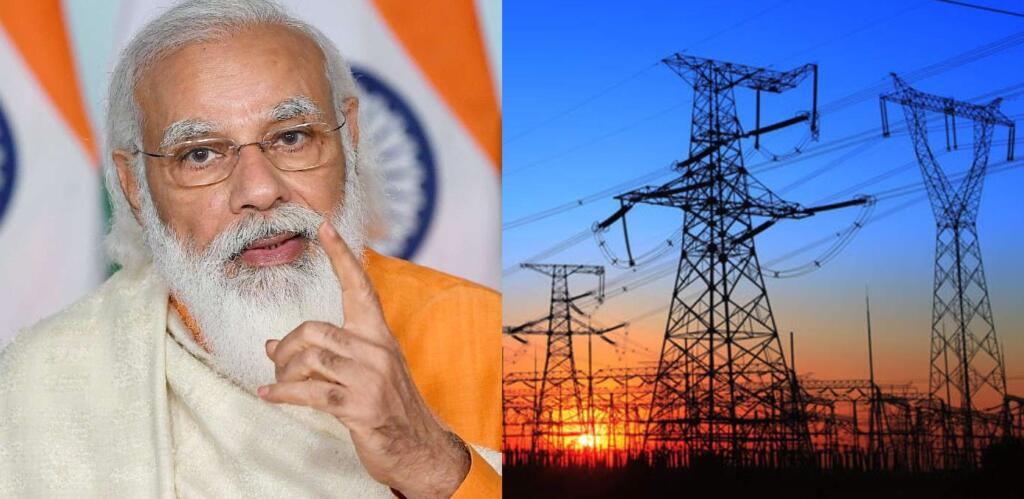Among the 17 bills that the Union government has listed for the Monsoon session of the parliament, The Electricity (Amendment) Bill, 2021 is perhaps the most important one and would attract the most attention. The power sector primarily has two components with the first being power generation and the second being distribution.
While India does excellent in power generation and per unit generation cost in the country is one of the lowest in the world, the performance in distribution is dismal – thanks to the monopoly of state government-owned distribution companies.
On one hand, India generates surplus electricity with solar, coal, and other resources at a rate that would put highly efficient players across the world to shame, while on other aggregate, technical and commercial (AT&C) loss is around 21.7 %- a shameful figure. So, more than one-fifth of the value is destroyed in AT&C losses during distribution and this figure is rising.
Privatizing the power distribution sector would enable the private players to enter the business and bring down the distribution cost. This might result in the power sector getting more efficient, because of which, the general public and the businesses across the country can have 24×7 uninterrupted power supply.
Power is generated in the country at as low as 2-3 rupees per unit while the distribution companies sell it at between 7-12 rupees per unit (rates are different for households depending on the area and even higher prices for corporate companies), and still incur huge losses.
The government has also floated the idea of portability which would enable the consumers to port the service provider without changing connection, just like one does in the case of the Telecom sector. The portability is a noble idea and it can break the monopoly for the public as well as private players. But, the country needs more private players, and for that, the government is bringing the Electricity Amendment Bill.
The power sector is dominated by publicly-owned transmission companies. The government needs to ensure that players like Adani, Tata, who are currently limited to Gujarat and Western Maharashtra, expand to states around the country. Only when there are enough private players available, there will be more competition to get the customers and the sector will overcome the inefficiency with which it operates now.
The scheme was proposed for the first time during the Union budget presentation in February, by the finance minister. Later, the power minister gave a detailed briefing over the matter to the media and explained how power distribution company portability is going to be as easy as mobile number portability.
“People do not have any option if the power distribution company is performing badly or there is too much load-shedding. There is no system of solving their complaint. We are bringing a system in which more than one company will operate in each area and whoever provides better service, people can opt for that,” said Power Minister R K Singh when the idea was floated during the budget presentation.
“It’s the same as for mobile services. When a mobile operator does not perform well, people have the option of switching to another service provider,” he explained.
Each and Every Electricity Employee and Engineer must have to come forward to join hand on 3rd February united struggle to save electricity sector as Govt.of India is going to introduce the Electricity Amendment Bill 2021 in ongoing Budget Session of Loksabha. pic.twitter.com/nS1WNeIpKM
— AIFOPDE (@aifopde) February 1, 2021
The Union lobbies have already given a call for protest because the proposed amendment would break their monopoly over power distribution and force them to become more efficient. Also, this would minimize the chances of rampant corruption that is prevalent in the sector.
The government must push against the unions and implement the power sector reforms as soon as possible. India still has one of the lowest electricity consumption per capita, and since power consumption is directly proportional to GDP growth, the government is trying to reform the sector. The Electricity (Amendment) Bill, 2021 seeks to bring many path-breaking reforms in the sector that would incentivize the growth of the sector.
